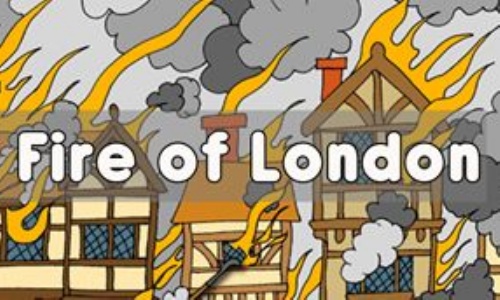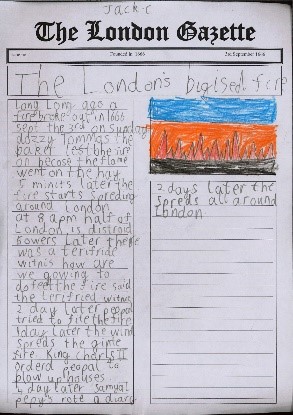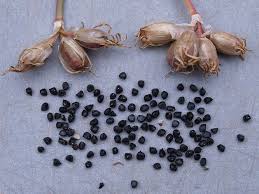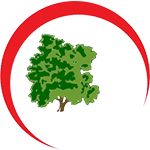Y1 & Y2 Week 5 18th May

This week we have combined English and Topic.
TOPIC & ENGLISH
As part of our topic – The Best of British, we would like you to find out all about The Great Fire of London.
London past and present
Before you start researching this event, you could find out about London. Can you find it on a map? Have you ever been? What it was like in the past and what it is like now (present)? We would like you to think about how we know about London in the past, what artefacts have historians used to find out about the past. Here is a link on Twinkl – it is a presentation comparing London past and present. https://www.twinkl.co.uk/resource/tp-h-003-planit-history-ks1-the-great-fire-of-london-lesson-1-london-past-and-present-lesson-pack
When you have been through the presentation you could write about things which are similar and different between London now and in the past, e.g. the buildings, the people and how they travelled.
Y1 Could make a table like this and write and draw about what you found out.
|
London past and present |
|
|
Similar |
Different |
|
|
|
|
I found out that ………… |
|
Y2 – You could write a fact file about London past and present. Your fact file needs to have a title. You may want to use headings and bullet points. It would be great if you could also include drawings to show some of your findings.
The Great Fire of London
What can you find out about The Great Fire of London? You could watch this youtube clip of Magic Grandad – Samuel Pepys and The Great Fire of London or watch some of the other clips below...
https://www.youtube.com/watch?v=VarSSAwiimU
https://www.bbc.co.uk/newsround/37222884
https://www.bbc.co.uk/bitesize/topics/z7d7gwx/articles/zhgxcqt
At the bottom of the blog there are also some links to Great Fire of London information, Great Fire of London facts posters and Great Fire of London timeline with lots of information. You could then...
- Create a newspaper article about The Great Fire of London, you will need to include important information like:
- When did the fire start? How did the fire spread so quickly?
- Where did it start? How was the fire put out?
- How did it start? How do we know about The Great Fire of London?

- Play this game www.fireoflondon.org.uk/game
- Write a diary entry pretending that you are Samuel Pepys. Then you could write a diary for your day.
- Create a Great Fire of London scene using anything that you like.
- Draw and colour in a scene
- Paint a picture
- Use different materials to create a collage picture
- Use Purple Mash to create an ICT picture
- Complete a reading comprehension about the Fire of London (see below). There are three levels of challenge. If you don't have a printer then read the information and then try to answer the questions verbally or write them on a piece of paper.
- Below are also some extra activities such as colouring, wordsearch, 2D shape picture, telling the time sheets.
Maths
Here are some challenges that you could complete this week...
Challenge 1
Split your home or school telephone number into single digits. How many two-digit numbers can you make? Can you order them from smallest to largest?
Pick 2 of the two-digit numbers and add them together. What strategies did you use? Partitioning? Number line? Repeat 3 times.
Can you pick 2 two-digit numbers that would add to make 100? If not how close can you get to 100?
Pick 2 two-digit numbers and subtract the smallest from the largest. What strategies did you use? Partitioning? Number line? Repeat 3 times.
Can you pick 2 two-digit numbers that when you subtract the smallest from the largest you get an answer between 40 and 50?
Challenge 2
Challenge a member of your family to an exercise competition. Make sure you both warm up and then see how many of each exercise you can complete in one minute?
Star jumps
Press ups
Burpees
Sit ups
Squats
What is the total amount of each activity that you both managed to complete? What was your joint total for each activity? What was the difference between the amounts that you both managed to complete?
Challenge 3
Using squared paper, can you draw a robot where half your robot is red and ¼ of your robot is blue. Choose another colour for the rest of the robot. How many of each colour do you have?
Challenge 4
I have 50p in my purse. What coins could I have in my purse?
Can you work in a system to find them all?
If I only have silver coins in my purse, what could they be?
How many possibilities can you find?
Challenge 5
Complete a diary of what you have done during the day. Think about the time you started/ finished. Can you record the times on a clock face?
Challenge 6
Create a poster about 2D shapes or draw a picture using 2D shapes.
Can you draw them accurately and label the parts of the shape?
Which shapes have lines of symmetry?
Science (Y2)

This weeks science is all about understanding the difference between a bulb and a seed. You can log in to Developing Experts and if you haven't got a log in please email Mrs Ellis on rellis37ru@nsix.org.uk
A seed is an embryo of a young plant. It has a shoot, which lies in the middle of the seed, a food storage part, which makes up most of the seed, and a coat. The food store will provide enough food for the young plant until it becomes large enough to make its own food. The seed coat, which is the hard outside surface, protects the food and shoot inside.
Bulbs are slightly different, most notably in their appearance. Bulbs have no hard exterior coat, and they are made up of many layers, which you can see if you cut one in half. These layers are made of modified leaves, which will grow into more regular looking green leaves when it is planted and as the plant matures.
Bulbs produce perennial plants, which means that they will grow back and flower year after year without the need for replanting. Seeds, on the other hand, can be perennial, annual, and biennial. If a seed is annual, it means that the plant only lives for one season. Biennial means that the plant lives for two years. Over the first year the plant grows it roots, stems and leaves, and in the second year it will come into flower.
P.E.
Take part in some real PE with the log in details below OR have a go at some Cosmic Kids Yoga https://www.youtube.com/user/CosmicKidsYoga (Mrs Ellis loves the Wizard of Oz one!)
The website address is: home.jasmineactive.com
Parent email: parent@garrickgre-1.com
Password: garrickgre
MUSIC
Sing and sign along to Count on Me by Bruno Mars- https://www.youtube.com/watch?v=uF9mvzhg0-c
READ
Please read every day. Your school book, a magazine, story book, non-fiction book, https://www.oxfordowl.co.uk/for-home/find-a-book/library-page



